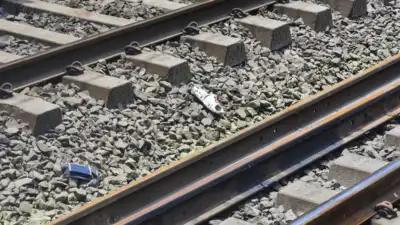ARTICLE AD BOX

NEW DELHI: All new non-AC local trains for the Mumbai Suburban network will have automatic closing doors, like in metro trains, and the system will be installed in existing rakes subsequently, the Railway Board said after four passengers died and six were injured as they fell from a moving overcrowded local train in Thane on Monday.The first train with the new door system will be ready by Nov, and after required tests and certification, it will be put into service by Jan next year. The design is being finalised by Chennai-based Integral Coach Factory (ICF), top railway officials said.Railway minister Ashwini Vaishnaw and Railway Board officials had a detailed meeting with the ICF team “to find a practical solution” to the issue, ministry officials said.
They added that a major issue with automatic door closing in non-AC trains is reduced ventilation in coaches.“Following detailed discussions, it was decided that new non-AC trains will be designed and manufactured using three design changes — first, the doors will have louvres; second, coaches will have roof-mounted ventilation units to pump in fresh air and third, coaches will have vestibules so that passengers can move from one coach to another and balance out the crowd in a natural way,” an official said.
Officials said a few years back, the automatic door closing system on non-AC local trains underwent trials but it impacted operations, leading to delays on the network.Now, there is no other option left but to have the system in all non-AC coaches, they said. “It has to be implemented for the people’s safety and to prevent people travelling on a coach’s footboard,” said an official. Every day, around 80 lakh passengers use local trains for commuting.At present, local trains make around 3,216 trips on the Mumbai Suburban network. There are around 280 non-AC rakes. “In all, around 3,405 coaches have to be retrofitted with the door closing system,” said an official.Officials said 13 projects of 310 km worth Rs 17,000 crore are being executed to augment the capacity of the network, and the railway can add more services to meet the traffic demand when these get completed.



.png)
.png)
.png)
















 3 hours ago
5
3 hours ago
5









 English (US) ·
English (US) ·